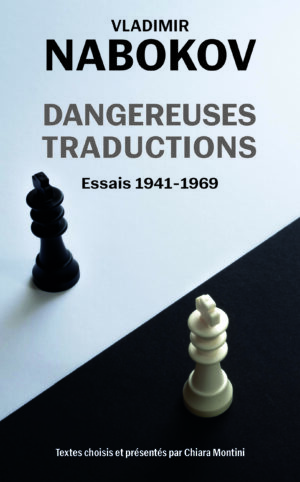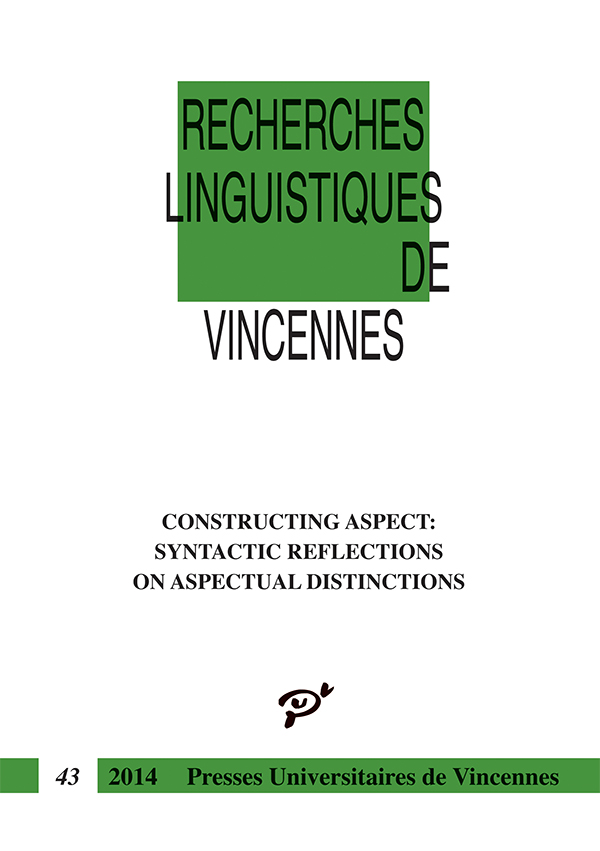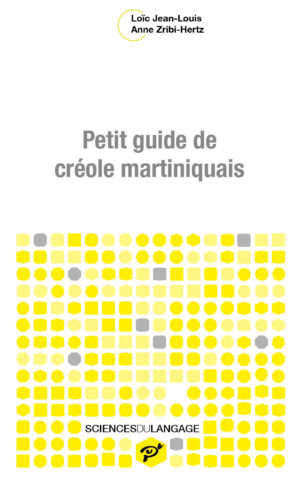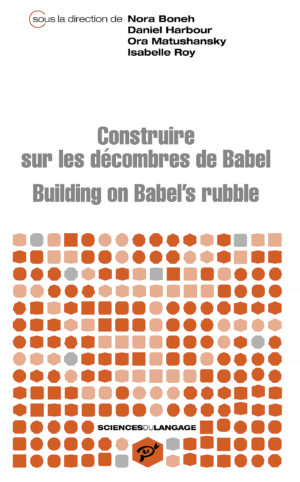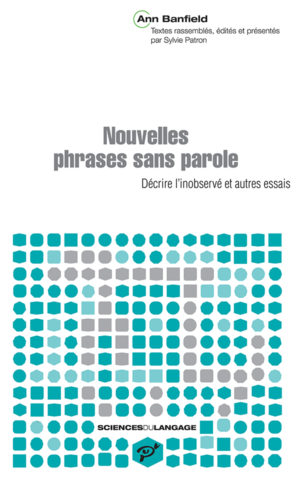Bibhuti Bhusan Mahapatra
The Parameters of Aspect for Oḍia
It is a standard assumption that situation-type aspects (aktionsarts) are lexically marked on the predicate. However, in Oḍia, they can be grammatically expressed with a closed set of auxiliaries. As for the grammatically marked (viewpoint) aspects, Oḍia has a progressive marker but no overt perfective or imperfective. The so called ‘perfective marker’, which is also the ‘conjunctive participle’ marker, is given a unified analysis as a verb linearizer. The present analysis shows that the perfectivity in Oḍia is marked by the sequence of an eventive verb and a copular auxiliary; that is, when an event is followed by a state.
It is observed that the progressive morpheme, across languages, remains uninterpretable without world-time features; in contrasts, the imperfective morpheme drops them. In fact, the paper proposes the ‘imperfective’ and the “simple present” as parametrically alternative constructions which do not check world-time features.
Although the progressive is invariably tensed its aspectual value varies for different languages. While its value is [+Dynamic] for Oḍia, for English its value is [−Telic].Whether the progressive has the aspectual value [+Dynamic] or [−Telic] is a parametric choice for the language.
Key words : Aspect, dynamic, imperfective, irealis, linearize, parameter, perfective, progressive, realis, situation type, telic, viewpoint.
Marie Laurence Knittel
Preverbs, aspect and Nominalization in Hungarian
This paper examines the realization of aspect in Hungarian eventive nominalizations. In the verbal domain, aspect is expressed by preverbs, which act as boundedness markers; they indicate telicity, and, when occurring in telic environments, perfectivity. Eventive nominals morphologically derived from verbs can also be associated with preverbs. In this case, the preverbs maintain the same values as with verbs. This leads to the conclusion that, in Hungarian, grammatical aspect is valid category in the nominal domain, as has recently been shown for various other languages. The paper also provides a syntactic approach of the organization of the aspectual projections with verbs and deverbal nominals, which accounts for the fact that preverbs cannot be separated from nominals, whereas they can when occurring with verbs.
Keywords : Hungarian, preverbs, aspect, telicity, perfectivity, verbs, event nominals
Monika Schulz
Causer, recipient and possessor : the grammatical subject of get and the context-sensitivity of PHAVE
The present paper argues that possessive HAVE GOT develops out of present perfect HAVE
got(ten) ‘onset of possession’ via the conventionalization or semanticization of the conversational implicature ‘stative possession’ (Traugott & König 1991, Traugott & Dasher 2003). Structural differences between the two expressions are operationalized within the frameworks of Minimalism and Distributed Morphology (Chomsky 1995, Halle & Marantz 1993). The changes brought about by the conventionalization process include a switch of temporal reference from the pre-present to the present, a loss of the participial status of
got(ten), a loss of the eventive component in GET, and a change of the thematic role of the subject from recipient to possessor. HAVE GOT is analyzed as a hybrid of a present perfect and a present tense expressions, incorporating structural features of both.
Keywords : possession, possessive HAVE, auxiliary HAVE, present perfect, conventionalization of conversational implicatures, semanticization, lexical decomposition
Eric Corre
Preverbs in Russian : situation or viewpoint aspect ?
The present paper has two goals: to present the complex data of verbal prefixation of Russian, and assess the validity of the Situation Aspect-Viewpoint Aspect (Smith 1991) distinction for the preverbs, in particular the thesis that all preverbs are telicity-markers (Borer 2005). First, arguments are introduced to show that the classification into three types of preverbs recognized in the literature (“meaning-modifying”, “superlexical”, “purely perfectivizing”, Svenonius 2004, Janda 2007) breaks down when one looks at the data: all prefixed verbs are automatically perfective (pf), regardless of the type; all are subject to lexical restrictions. A preliminary conclusion is that all preverbs are telicity markers, contra Filip (2005, 2008), for whom the preverb is pre-functional (lexical). In turn, this raises the question of the exact nature of telicity: in the literature (Dowty 1979, Krifka 1998), final telicity is tested by means of in x time frame adverbials. A more relaxed version of telicity is proposed in the paper, following Borer (2005) & Lakorczyk (2010): suffice it for an event to be either non divisive or non homogeneous to be telic. The concept is akin to Paducheva & Pentus’ (2008) terminativity: the function of the preverb is to seal off the event. This accounts for the behavior of po-delimitative verbs, which resist telicity-as-finality tests. Here again, the data show that some assumptions are not correct: po-delim verbs are currently extending their functional scope in Russian and often act as pf partners to impf verbs, they do not necessarily indicate short duration, and are subject to lexical restrictions (Dickey 2006). Finally, the role of the preverb with respect to Viewpoint Aspect is assessed: it is normal to use an impf verb to denote a bounded, i.e. viewpoint-perfective, situation; in secondary imperfectivization, with -iva/-yva suffixation, the preverb remains; and in nominals, no temporal effect is introduced; the only systematic function of the SI suffix is that of marking atelicity. The conclusion is that it is Situation Aspect that is grammaticized in Russian by means of the preverbs, and not Viewpoint Aspect, which is derived by means of correlations.
Keywords : Russian, viewpoint aspect, situation aspect, telicity, perfectivity
